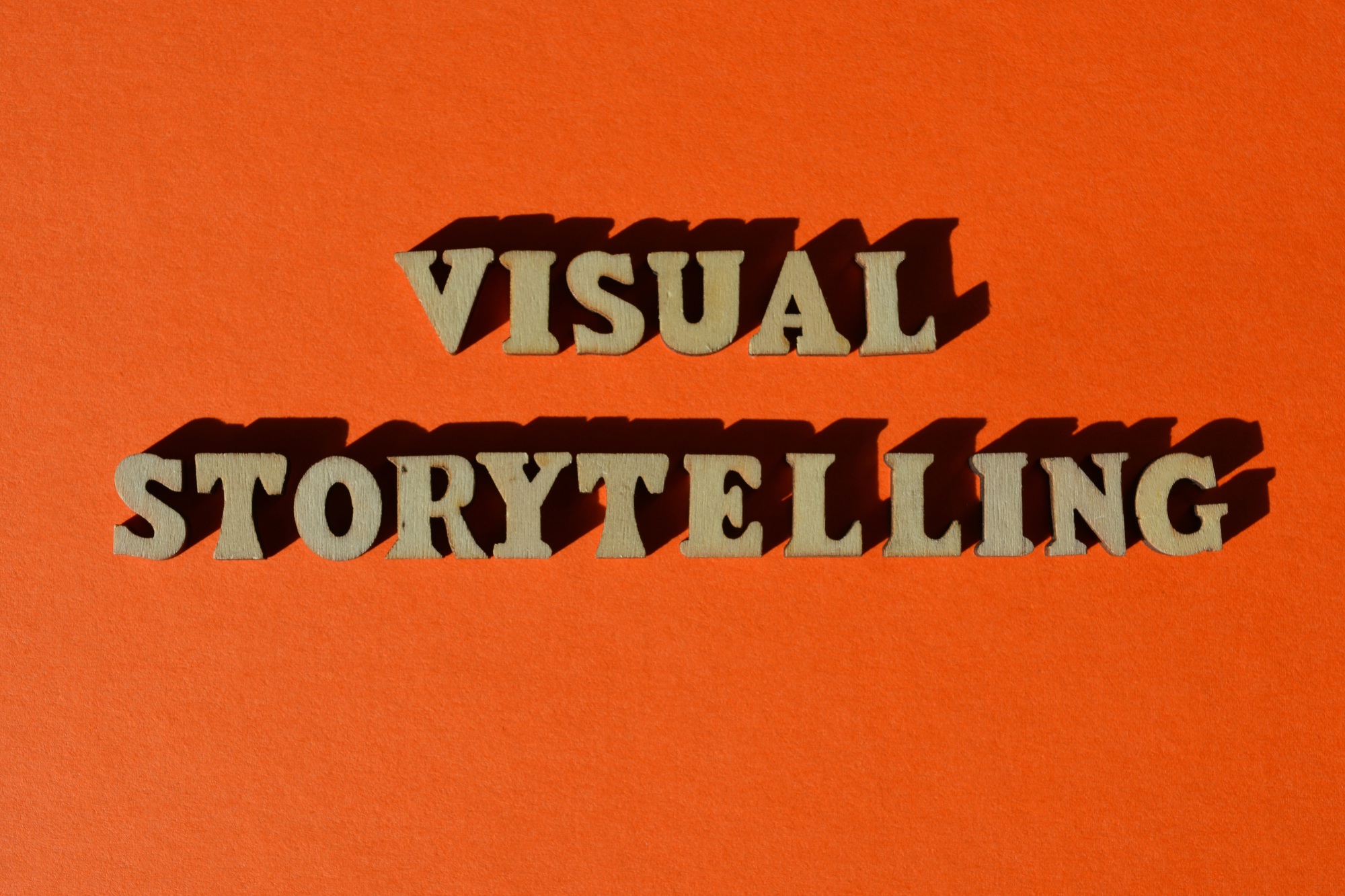To effectively engage your audience in business storytelling, you need to master ten fundamental skills. Start with comprehending who your audience is, then craft compelling narratives that resonate with them. Utilize visual aids to elevate your message and refine your verbal and non-verbal communication techniques. Incorporating data storytelling can further strengthen your points. By focusing on structured delivery and continuous refinement, you can improve your storytelling impact. What’s the next step in this process?
Key Takeaways
- Conduct audience analysis to tailor narratives that resonate and engage effectively with diverse demographics and preferences.
- Utilize visual aids to enhance storytelling, making complex information clearer and improving audience retention.
- Master verbal and non-verbal communication techniques to convey emotions and establish trust through tone, body language, and gestures.
- Incorporate data storytelling techniques to transform statistics into relatable narratives, guiding decision-making and understanding.
- Embrace feedback and iterative development to refine storytelling skills and create compelling narratives that motivate action.
Understanding Your Audience
Comprehending your audience is vital for effective business storytelling, as it allows you to shape your narrative to align with their interests and values.
Start by conducting audience analysis to identify key demographics and preferences. This knowledge helps you create stories that resonate on a personal level.
Engage with your audience through questions and feedback, which can provide valuable insights into their perspectives. This interaction boosts the relevance and impact of your story.
Utilize empathy in your storytelling to recognize and address their needs and emotions, cultivating deeper connections.
Finally, adjust your storytelling techniques based on audience feedback. This approach is fundamental in storytelling training for leaders and can greatly improve engagement in your business storytelling training.
Crafting a Compelling Narrative

Crafting a compelling narrative is essential for capturing your audience’s attention and ensuring your message resonates. Start by comprehending their needs, tailoring your story format to engage them effectively.
A well-structured narrative includes a clear beginning, middle, and end, which maintains clarity and focus. Use vivid imagery and emotional language to improve engagement, making your message more memorable.
Incorporate real-life examples and relatable characters to nurture empathy, strengthening the connection between you and your audience.
Utilizing Visual Aids Effectively

When you want to improve your storytelling, utilizing visual aids effectively can make a significant difference. Visuals augment your narrative by providing a clear representation of key concepts, making information easier to understand and remember.
Since 65% of the population are visual learners, using infographics and charts can simplify complex data and highlight trends, boosting retention and engagement. High-quality images and videos evoke emotions, creating a stronger connection with your audience.
Properly designed visual aids maintain focus and can make your presentation 43% more persuasive. To maximize impact, confirm your visuals are relevant and well-integrated into your story, as this will reinforce your message and improve the overall effectiveness of your storytelling.
Mastering Verbal and Non-Verbal Communication

Becoming proficient in verbal and non-verbal communication is essential for effective business storytelling.
You should pay attention to your tone variance, as it can greatly influence how your message is perceived, while being mindful of your body language, which can reinforce your narrative.
Importance of Tone Variance
Effective communication in business storytelling hinges on the importance of tone variance, which plays a significant role in how your message is received.
To master tone variance, focus on the following elements:
- Vocal Adjustments: Use pitch, volume, and pace to convey emotions, emphasizing key points to improve engagement.
- Emotional Impact: Be mindful of your tone; a calm tone builds trust, whereas an enthusiastic one can inspire action.
- Audience Perception: Keep in mind that 38% of communication effectiveness comes from tone, making it essential to adjust your delivery to resonate with your audience.
Body Language Significance
Comprehending body language is crucial for successful storytelling, as it can greatly improve your message and connect with your audience. Effective body language reinforces your spoken words and conveys confidence; studies indicate it accounts for 55% of communication impact.
By mastering non-verbal cues like facial expressions and gestures, you can improve audience engagement and retention, since about 93% of communication effectiveness relies on non-verbal signals. Practicing open body language, including maintaining eye contact and using expressive hand movements, nurtures trust and rapport.
Furthermore, being mindful of your posture influences how your message is received, as strong posture projects authority. Integrating vocal techniques with body language creates a more dynamic storytelling experience, improving emotional resonance with your audience.
Incorporating Data Storytelling Techniques

Incorporating data storytelling techniques is crucial for making complex information accessible and engaging.
You can improve your presentations by using effective data visualization, which helps clarify your points and boosts retention.
Furthermore, crafting compelling narratives around your data allows you to connect with your audience, ensuring they grasp the insights and are more likely to act on them.
Importance of Data Visualization
While you might’ve a wealth of data at your disposal, effectively communicating that information often hinges on how you present it.
Data visualization transforms complex data into clear visuals, making it easier for your audience to grasp key insights quickly. To improve your presentations, consider these techniques:
- Use visual metaphors: They help relate complex data to familiar concepts, making your statistics more impactful.
- Incorporate storytelling: A narrative structure guides viewers through the data, improving comprehension and retention.
- Emphasize trends: Highlighting patterns in your visuals can lead to better decision-making, as studies show that visuals increase information retention by up to 65%.
Crafting Compelling Data Narratives
Crafting compelling data narratives requires a thoughtful approach that blends data with storytelling techniques. Start by structuring your narrative clearly; this helps your audience follow along easily.
Incorporate visual elements like charts and graphs to improve comprehension as you ensure they highlight your key insights. Combine quantitative data with qualitative storytelling to make statistics relatable and actionable for diverse audiences.
Remember, studies show that people are 23 times more likely to remember information presented in story form rather than raw data.
Engaging Audiences With Insights
Engaging your audience with insights is all about transforming complex data into narratives that resonate and stick. To effectively communicate your data, consider these techniques:
- Use Visuals: Incorporate charts and graphs to simplify information, making key insights easier to grasp.
- Provide Context: Make certain your data is relevant to your audience’s needs, framing your insights in a way that connects with their experiences.
- Evoke Emotion: Pair data with stories that spark feelings, as emotional connections improve retention and motivate action.
Enhancing Emotional Engagement

How can you improve emotional engagement in your storytelling? Start by using visceral storytelling techniques, like vivid imagery and relatable characters, to evoke emotions that nurture audience empathy.
When you create a narrative that resonates on a personal level, you increase retention rates appreciably, sometimes by up to 65%. Incorporating personal anecdotes into your stories adds authenticity, allowing listeners to forge a deeper connection with your message.
Research shows that stories triggering emotional responses can amplify persuasion effectiveness by 23%. By comprehending the psychological impact of emotions, you can craft narratives that not merely inform but additionally inspire action, aligning with your audience’s values and motivations, which is vital for effective communication in any business context.
Structuring Your Story for Impact

A well-structured story can greatly improve your audience’s engagement and retention. To create impactful narratives, focus on these key elements:
- Clear Structure: Use a beginning, middle, and end to guide your audience through the story, ensuring they stay engaged.
- 3-Act Structure: Introduce characters and conflicts in Act 1, develop the story with rising action in Act 2, and resolve conflicts in Act 3. This framework provides clarity and momentum.
- Story Brief: Utilize a concise overview that highlights your main message, the audience’s needs, and your desired outcome. This keeps your story focused.
Practicing Storytelling Delivery

Practicing storytelling delivery is important for perfecting the art of connection with your audience. By improving your verbal, visceral, visual, and vocal skills, you become more engaging.
Active participation during training sessions helps refine your delivery techniques, allowing you to boost your storytelling impact. Focus on your tone and style, as these elements greatly influence how your audience perceives your message and responds emotionally.
Engaging in low-risk storytelling prototypes enables you to iterate on your narratives based on audience reactions. This process encourages continuous improvement.
Structured practice sessions are critical for building meaningful narratives that motivate action and resonate with diverse audiences, making them fundamental for effective business communication. Embrace these opportunities to improve your storytelling delivery.
Receiving and Implementing Feedback

Receiving feedback is essential for refining your storytelling skills, as it helps you understand what resonates with your audience.
By embracing constructive criticism, you can engage in an iterative story development process that incorporates diverse perspectives.
This approach not only addresses potential creative blocks but additionally improves the overall effectiveness of your narrative.
Embracing Constructive Criticism
Embracing constructive criticism is crucial in refining your storytelling skills, as it allows you to gather valuable insights from others.
By actively seeking feedback, you improve your narratives and promote continuous improvement. Here are three key steps to effectively embrace constructive criticism:
- Request Specific Feedback: Ask peers or instructors for targeted insights on areas like clarity and engagement, making it easier to identify improvement opportunities.
- Reflect on the Feedback: Regularly review the feedback you receive, noting recurring themes or suggestions, which helps you recognize blind spots.
- Implement Changes: Be willing to adapt your storytelling techniques based on the feedback, leading to more compelling narratives that resonate with your audience.
Iterative Story Development Process
As you immerse yourself in the iterative story development process, comprehending how to use feedback effectively can greatly improve your storytelling.
Start by prototyping your narrative using low-risk methods, such as sharing drafts with a small group. This approach allows you to gather constructive insights, enabling you to refine your story’s clarity and engagement.
Embrace feedback as a crucial tool for identifying areas needing improvement, nurturing collaboration, and gaining diverse perspectives. Each iteration should include reflecting on previous versions, incorporating audience insights, and addressing any gaps.
In the end, this process will lead to a well-crafted story that resonates with your target audience, motivating action and cultivating emotional connections.
Keep iterating until you’ve achieved the desired impact.
Continuously Refining Your Storytelling Skills

To continuously refine your storytelling skills, it’s essential to understand your audience’s needs and adapt your narratives to resonate with them effectively. Here are three strategies to improve your storytelling proficiency:
- Practice Regularly: Share prototypes of your stories with peers and seek constructive feedback to identify areas for improvement.
- Utilize Frameworks: Apply storytelling techniques from industry experts to structure your narratives, boosting clarity and engagement.
- Reflect on Experiences: Analyze your past storytelling successes and challenges to derive insights that inform your future efforts.
Additionally, consider participating in interactive workshops or courses focused on storytelling.
These opportunities provide lifelong access to resources and continual reinforcement of the skills you acquire, ensuring your storytelling remains impactful and relevant.
Frequently Asked Questions
What Are the 5 C’s of Storytelling?
The 5 C’s of storytelling are essential for crafting effective narratives.
First, you need a strong Character, someone your audience can connect with.
Next, introduce Conflict to create tension and interest.
Then, provide Context to give background and setting.
After that, reach the Climax, where the main conflict peaks and demands resolution.
Finally, wrap it up with a Conclusion that offers closure and a meaningful takeaway for your audience.
What Skills Are Required for Storytelling?
To effectively tell a story, you need strong verbal communication skills to clearly express your ideas.
You should likewise master visual elements, like images and infographics, to simplify complex data.
Emotional intelligence helps you understand your audience’s needs, allowing you to connect with them.
Structuring your narrative with a clear beginning, middle, and end guarantees coherence.
Finally, adapting your storytelling techniques for different contexts helps you engage and persuade your audience effectively.
What Are the 4 P’s of Storytelling?
The 4 P’s of storytelling are Purpose, People, Plot, and Process.
The Purpose defines the central message of your story, guiding its direction.
People include the characters whose motivations and relationships engage the audience.
The Plot outlines the sequence of events, ensuring a clear and interesting structure.
Finally, Process refers to the techniques you use, such as tone and style, which improve the story’s impact and make it memorable for your audience.
How to Improve Business Storytelling?
To improve your business storytelling, start by knowing your audience’s needs and interests.
Structure your narrative with a clear introduction, conflict, and resolution. Use relatable examples and data to back up your points, making complex information easier to understand.
Practice your delivery to elevate your style and engage listeners. Seek feedback from peers to refine your approach.
Finally, keep your stories concise, focusing on key messages that resonate with your audience.
Conclusion
In summary, mastering business storytelling requires a blend of fundamental skills. By comprehending your audience, crafting effective narratives, and utilizing visual aids, you improve your message’s impact. Mastering both verbal and non-verbal communication guarantees clarity, whereas data storytelling techniques strengthen your arguments. Structuring your story, practicing delivery, and embracing feedback will refine your abilities. Finally, a commitment to continuous improvement will lead to more engaging and persuasive storytelling, motivating your audience to take action.
Image Via Envato
